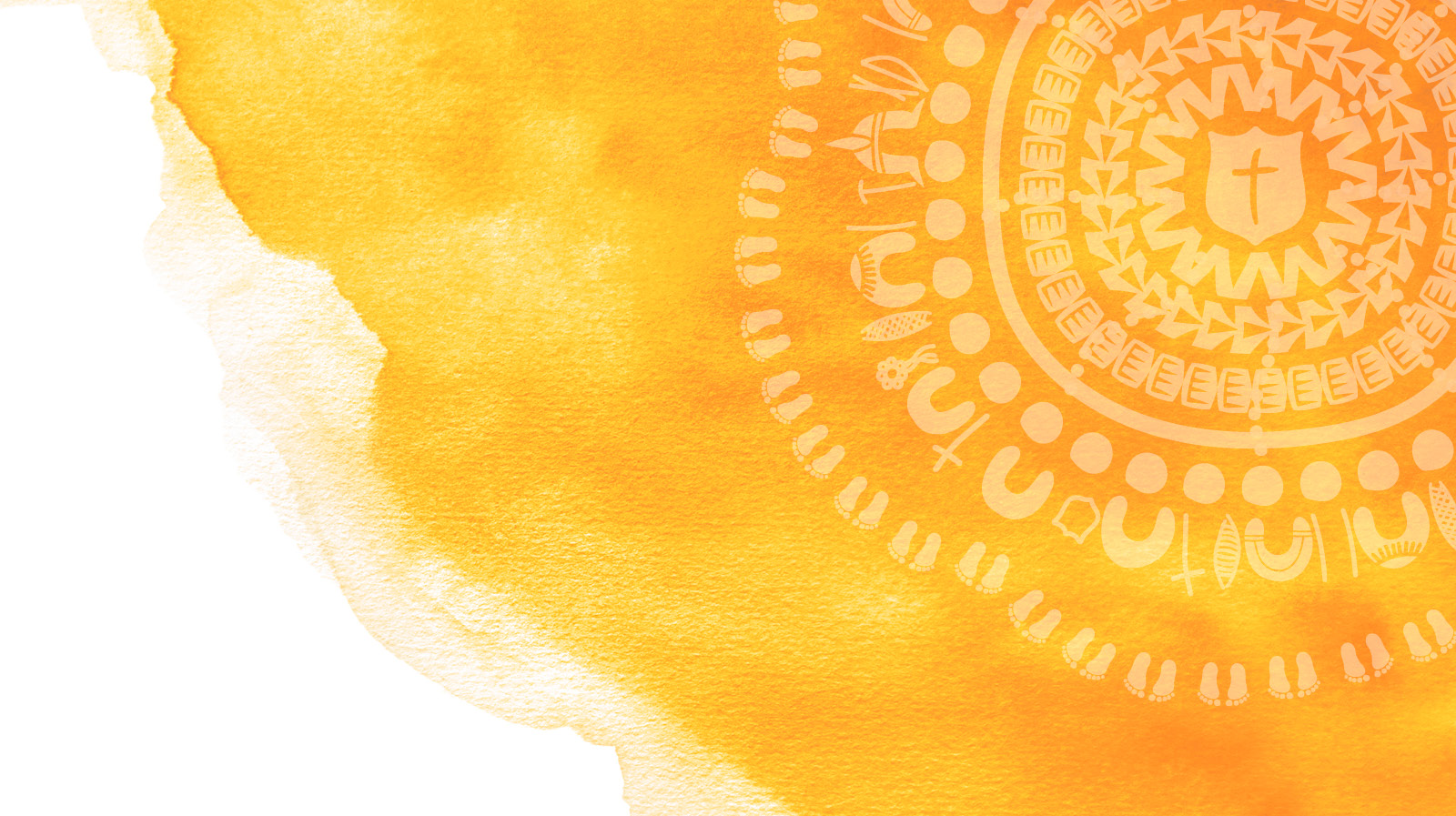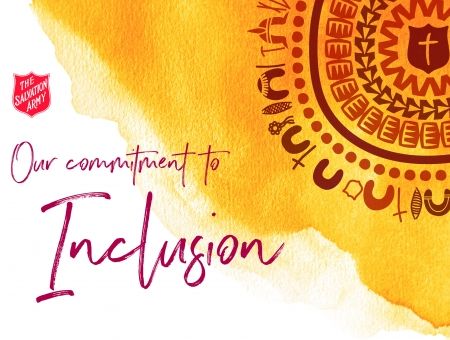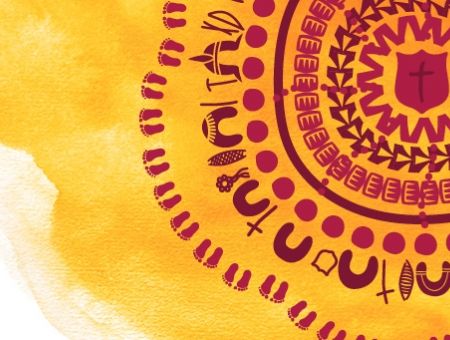
Our commitment to inclusion
Our Commitment to Inclusion
The Salvation Army International mission statement boldly states that as we are motivated by the love of Jesus, we will meet human need without discrimination. We are increasingly mindful of the disadvantage experienced by Aboriginal & Torres Strait Islander peoples, the LGBTIQA+ community, people from culturally and linguistic diverse communities and people with disabilities. Therefore, we commit ourselves anew to demonstrating our Christian love through ensuring our programs offer inclusion and are welcoming to all, especially to those who may have suffered exclusion and disadvantage.
Our new Inclusion Statement, approved by the Board on 14 June, publicly declares that as a movement, we welcome all people in every engagement they have with The Salvation Army, and we are committed to them feeling respected and safe.
The statement includes an Acknowledgement of Country and reinforces our values and international mission, as it relates to preaching the gospel of Jesus Christ and meeting human needs in his name without discrimination.
The Salvation Army’s Commitment to Inclusion Statement:
"The Salvation Army Australia acknowledges the Traditional Owners of the land on which we meet and work and pay our respect to Elders past, present and future.
We value and include people of all cultures, languages, abilities, sexual orientations, gender identities, gender expressions and intersex status. We are committed to providing programs that are fully inclusive. We are committed to the safety and wellbeing of people of all ages, particularly children."

Alongside this statement, five icons visually represent key community groups that often experience isolation, exclusion, or discrimination, or who face barriers in accessing programs and services. Icons are helpful symbols of welcome and say immediately, "We see you, you are welcome here". The icons have been adapted internally to meet our unique needs and express our commitment to diversity and inclusion.
They should be used as a set and are the only approved icons for inclusion.
What do these icons represent?
![]() Aboriginal inclusion icon
Aboriginal inclusion icon
This icon was inspired by the colours of the Aboriginal flag. Black represents people, red represents the land and yellow represents the sun. A concentric circle design reflects the ‘meeting place’ symbol traditionally used in Aboriginal art. The meeting place symbol represents ‘community’ and therefore The Salvation Army’s commitment to an inclusive community. The icon has been approved and endorsed by the Territorial Aboriginal and Torres Strait Islander Team.
![]() Torres Strait Islander inclusion icon
Torres Strait Islander inclusion icon
The Torres Strait Islander inclusion icon reflects traditional patterns used in artwork and wood carving. It features the colours from the Torres Strait Islander flag: green, which represents land; black, which represents people; and blue, which represents the sea. The traditional headdress – the dhari – is the centrepiece of the icon as a recognisable symbol of the Torres Strait Islander culture. The icon has been approved and endorsed by the Territorial Aboriginal and Torres Strait Islander Team.
![]() Capacities inclusion icon
Capacities inclusion icon
The well-known wheelchair symbol of disability is slowly being replaced with symbols such as this one to recognise the varying types of disabilities and capacities – many of which are unseen.
![]() LGBTIQA+ inclusion icon
LGBTIQA+ inclusion icon
This is a world-recognisable flag of pride for the LGBTIQA+ community to represent diverse sexual orientations, gender identities, and intersex status.
![]() Cultures and languages inclusion icon
Cultures and languages inclusion icon
Sometimes called the ‘flag of Earth’, this symbol depicts the many cultures and languages that make up our one world.
For resources and more information about The Salvation Army's commitment to inclusion, please click on the resource boxes below.


